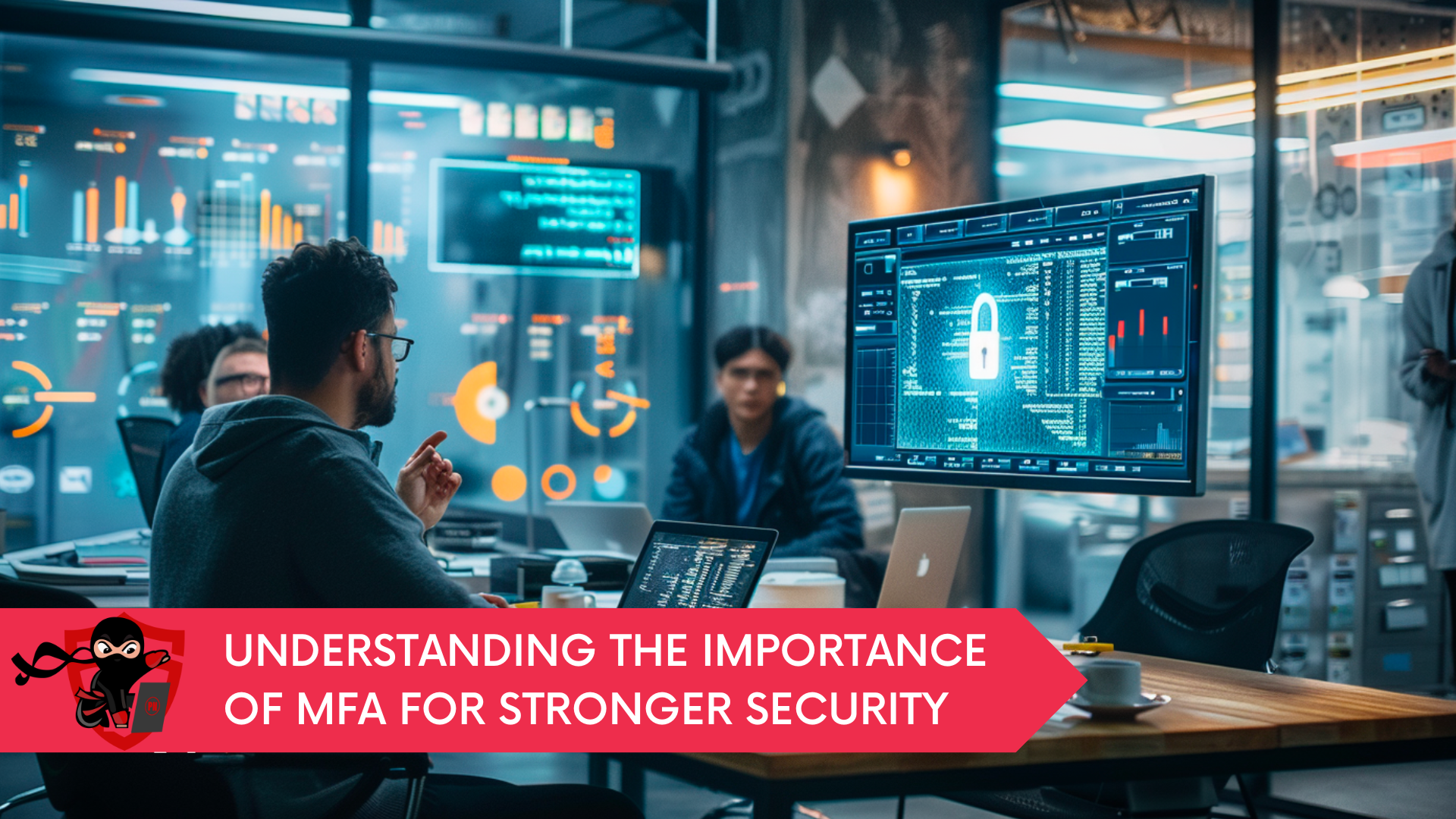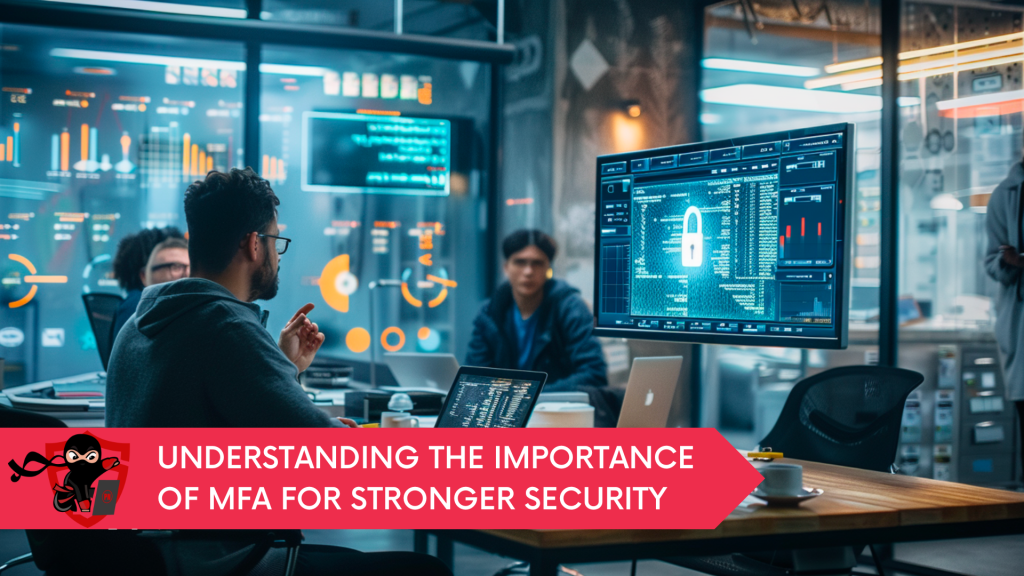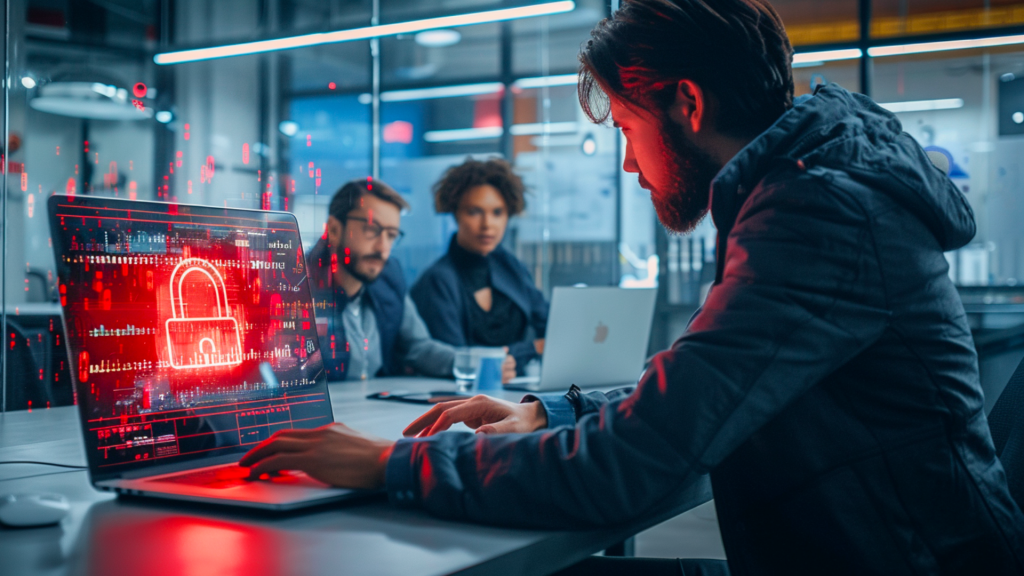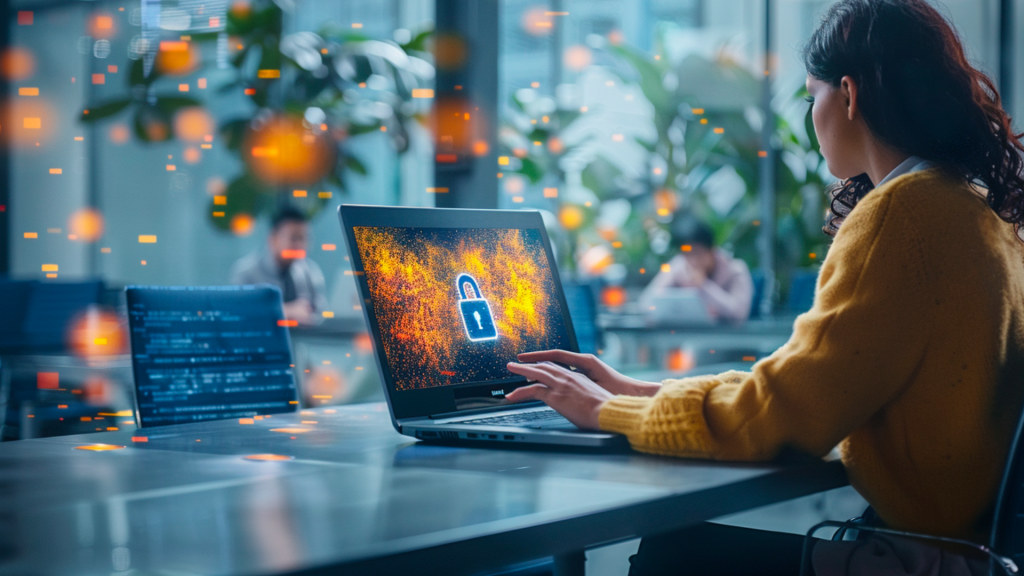KEEP IN TOUCH
Subscribe to our mailing list to get free tips on Data Protection and Cybersecurity updates weekly!







With hackers and cybercriminals constantly finding new ways to break into systems, relying solely on passwords is no longer enough to protect your data. This is where Multi-Factor Authentication (MFA) comes in, requiring users to verify themselves using one or more additional authentication factors after entering their username and password. Understanding MFA and how it can enhance your security is crucial for securing the personal data that organisations manage.
Multi-Factor Authentication (MFA) is a security method that adds extra layers of protection to your accounts and data. Compromised passwords are a common risk, often exploited due to password reuse, making additional security layers essential. Instead of just using a password to access your account, MFA requires additional steps to verify your identity. Think of it as having a double-lock system on your door. Even if someone manages to get hold of your password, they still need to get past the extra security steps to access your account.

Here’s a simple way to understand when enabling MFA:
When you log in to an account with MFA, you’ll first enter your password. Then, you’ll be asked to provide another piece of information—like a code sent to your phone or a scan of your fingerprint. Additionally, evaluating the device, connection, and location can help determine the authenticity of access requests and prompt additional authentication steps if necessary. This extra step helps ensure that only you can access your account, even if someone else has your password.
Here are several reasons why MFA is a crucial security measure:
Without MFA, cybercriminals can gain unauthorized access to accounts and systems by exploiting weak or unprotected passwords.
Passwords alone are not enough to keep your accounts secure. Hackers use various methods to steal passwords, such as phishing attacks (where they trick you into giving away your password) or by using software that guesses passwords. With MFA, even if your password is stolen, hackers still need the additional authentication step to gain access. Strong password security is also crucial in protecting your data, devices, and systems from unauthorized access.
MFA provides an extra layer of security beyond just passwords. Evaluating the device, connection, and location can further enhance this layer of security by ensuring that access requests are genuine. If a hacker somehow manages to get past your password, they still need to pass the second layer of protection, such as biometric verification. This makes it much harder for them to access your account.

For businesses, using MFA is particularly important because it helps protect sensitive and confidential information. This includes customer data, financial records, and proprietary business information. MFA helps prevent unauthorized access, which can be crucial for maintaining trust and compliance with regulations.
Additionally, securing remote access to sensitive information is essential to ensure employees can work securely from home or while traveling.
In the event of a data breach, MFA can help minimize the damage. If an attacker gains access to your password but can’t pass the MFA step, they won’t be able to access your account or data. This reduces the potential impact of the breach and helps protect your information.
Implementing MFA is relatively straightforward and doesn’t require extensive technical knowledge. Many online services and applications offer built-in MFA options, which can be easily set up through your account settings. Once activated, it provides a significant boost to your security with minimal effort.
Setting up MFA is usually a simple process. Consider the device of the user as an important factor in the authentication process to ensure the authenticity of access requests. Here’s a general guide on how to do it:

Several different methods can be used for Multi Factor Authentication, each offering varying levels of security and convenience. Adaptive MFA methods evaluate the user’s device, connection, and location to determine the authenticity of an access request:

While MFA significantly enhances security, there are some challenges and considerations:
Multi-Factor Authentication (MFA) is a crucial tool for enhancing your security online. By adding extra layers of protection beyond just passwords, MFA helps safeguard your personal and professional information from unauthorised access. Although setting up MFA might involve a few extra steps, the added security is well worth it. As cyber threats continue to evolve, implementing MFA is a proactive measure that significantly strengthens your defences and helps protect your digital life from potential breaches.
Your appointed DPO can work with you on your PDPA compliance, ensuring that there will be policies in place to make sure that the handling of personal data is PDPA compliant.
A Data Protection Officer (DPO) oversees data protection responsibilities and ensures that organisations comply with the Personal Data Protection Act (PDPA). Furthermore, every Organisation’s DPO should be able to curb any instances of PDPA noncompliance as it is the officer responsible for maintaining the positive posture of an organisation’s cybersecurity.
DPOs complement organisations’ efforts to ensure that the organisation’s methods of collecting personal data comply with the PDPA. It also ensures that policies are set in place to make sure that there will be no instances of data breaches in the future.
Don’t wait any longer to ensure your organisation is PDPA compliant. Take our free 3-minute PDPA Compliance Self-audit checklist now, the same “secret weapon” used by our clients to keep them on track. Upon completion, we will send you the results so you can take the necessary action to protect your customers’ data. Complete the free assessment checklist today and take the first step towards protecting your customers’ personal data.